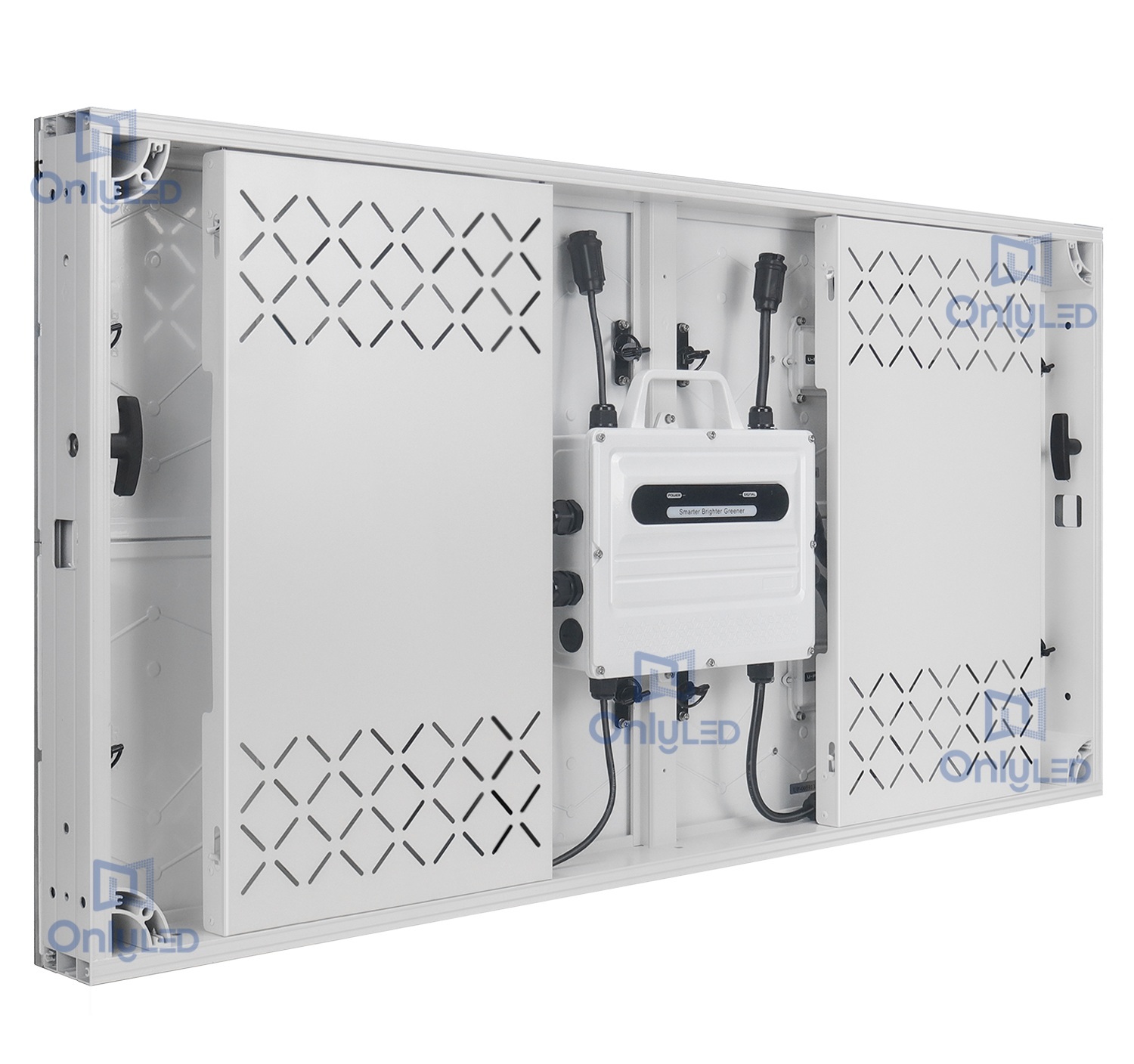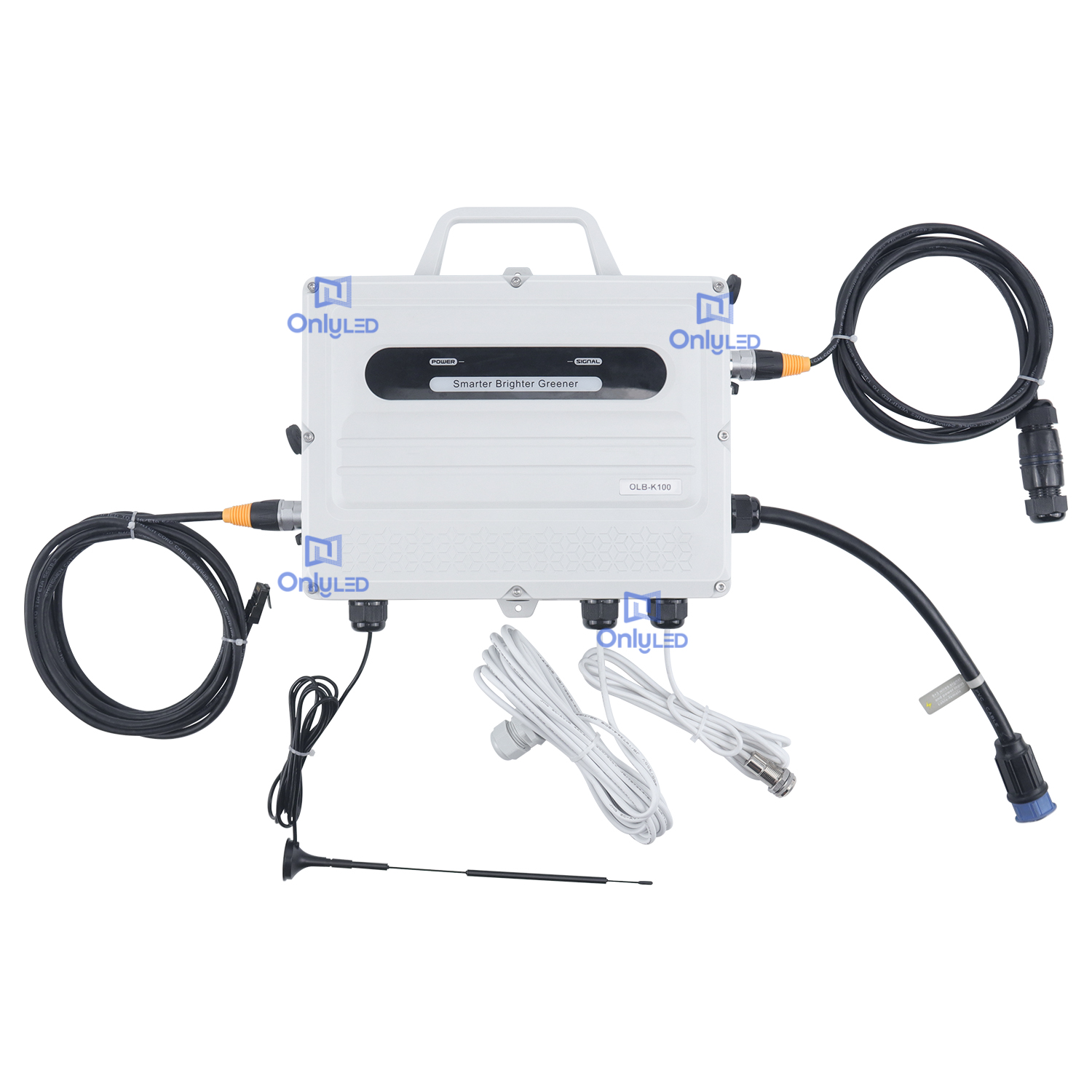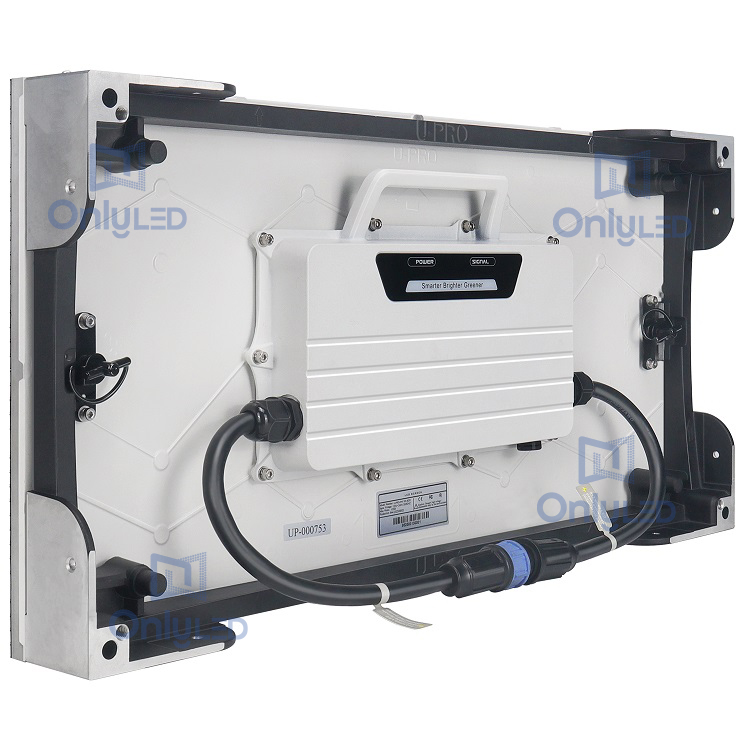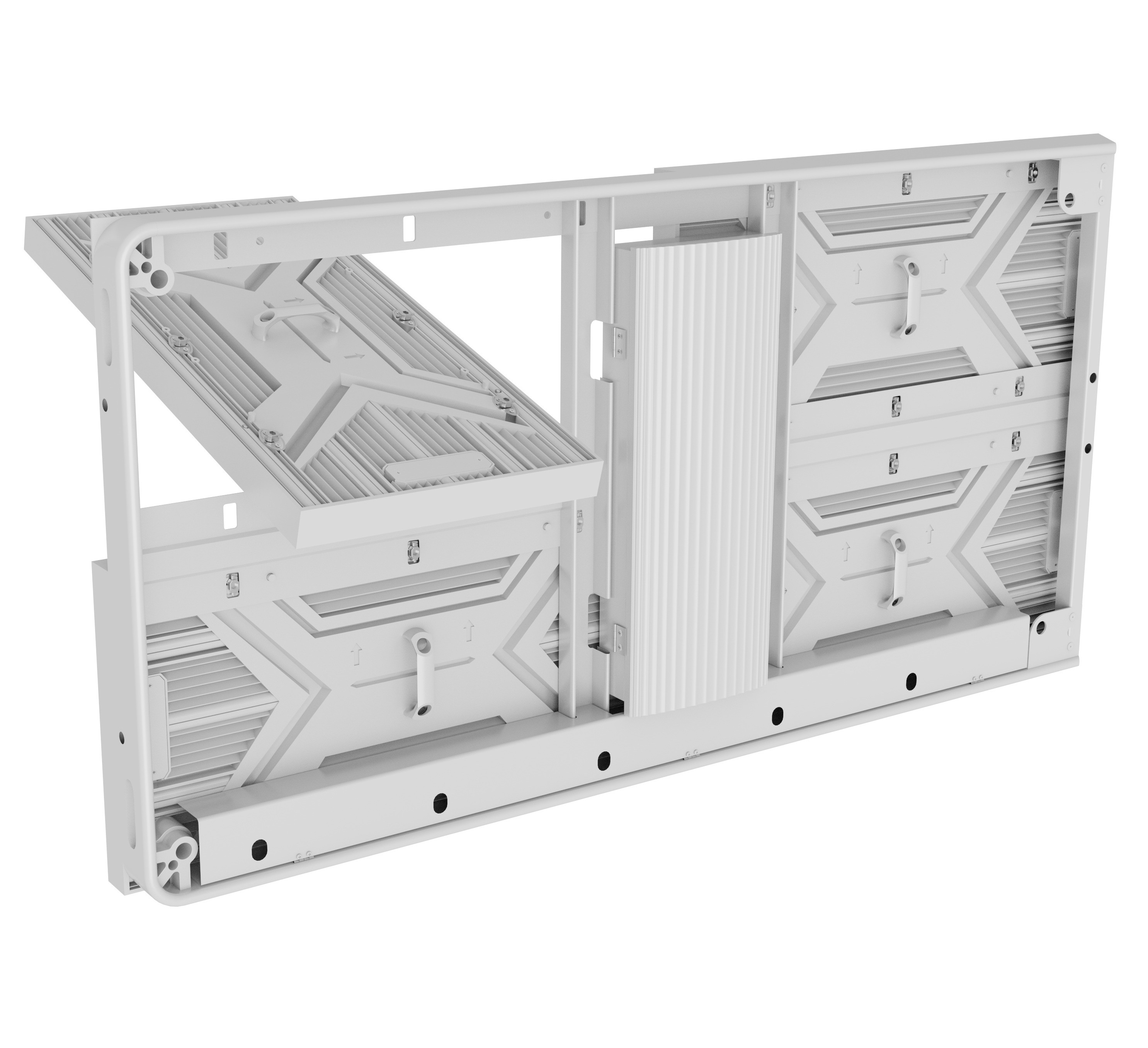Industry News
Factors Affecting the Cost of Indoor Full-Color LED Displays

An indoor full-color LED display is a popular choice for advertising and informational displays due to its vibrant colors and high resolution. However, the price of these displays can vary significantly based on several key factors.
1. Pixel Pitch and Resolution
The pixel pitch and resolution of an LED display play a crucial role in determining its price. Pixel pitch refers to the distance between the center of two adjacent pixels, while resolution indicates the total number of pixels per unit area. Displays with smaller pixel pitches and higher resolutions offer better image quality but at a higher cost. Therefore, an LED display with a smaller pixel pitch and higher resolution will be more expensive than one with a larger pixel pitch and lower resolution.
2. LED Chip Quality
The quality of LED chips used in the display has a significant impact on the price. High-quality LED chips offer better brightness, color reproduction, and longer lifespan. These superior LED chips come at a higher cost, resulting in a pricier LED display. Manufacturers often specify the brand and grade of the LED chips used, which can further enhance the credibility and price of the display.
3. Panel Size and Cabinet Structure
The physical size of the LED display panel and the cabinet structure also affect its price. Larger panels require more LED modules, increasing the overall cost. Complex cabinet structures with premium materials add to the manufacturing expense. Additionally, LED displays with curved or flexible panel designs tend to be more expensive due to the additional engineering required to create such unique structures.
Additional Cost Components
Aside from the aforementioned factors, there are other cost components to consider when evaluating the price of indoor full-color LED displays.
1. Installation and Maintenance
Installation and ongoing maintenance costs should also be taken into account. These include mounting hardware, labor charges, and potential repair expenses. Displays with more robust features or complex installation requirements may incur higher installation and maintenance costs.
2. Control System and Connectivity
The type and quality of the control system used to manage the LED display can impact its cost. Advanced control systems with additional features, such as remote control capabilities or seamless connectivity, tend to be more expensive. The choice of connectivity options, such as Wi-Fi or Ethernet, also influences the overall price.
Conclusion
In conclusion, the price of indoor full-color LED displays is determined by various factors, including pixel pitch, LED chip quality, panel size, and cabinet structure. Additionally, installation and maintenance costs, as well as the choice of control system and connectivity, contribute to the overall price. By considering all these factors, buyers can make informed decisions based on their requirements and budget.




